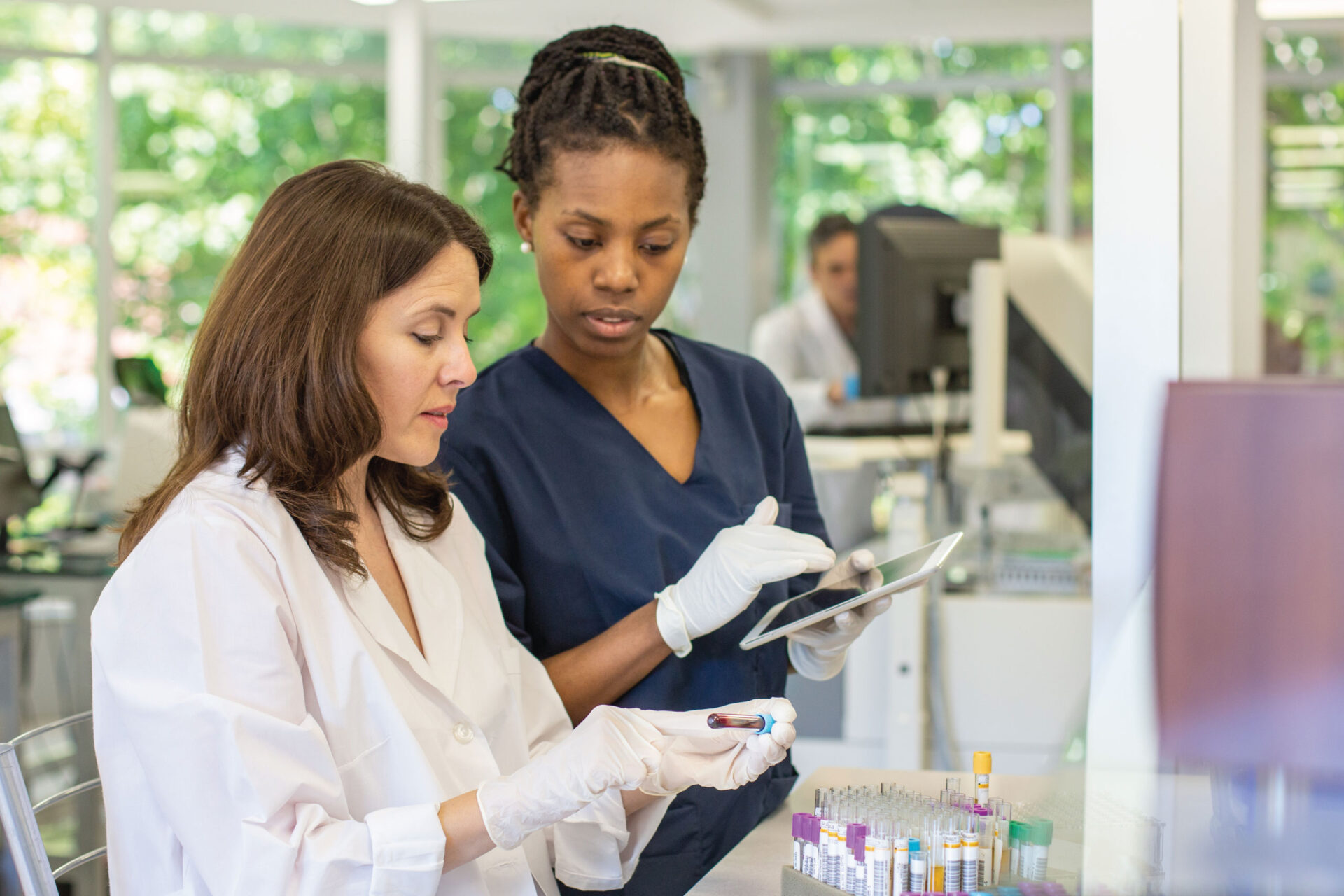
With cases of monkeypox on the rise, you may have questions about this rare disease and what you can do to protect yourself. We’ve put together some information to help you learn where the illness originated, what symptoms you should watch for and what to do if you get exposed.
What is monkeypox?
Monkeypox is a rare disease caused by infection with the monkeypox virus. It was first discovered in 1958 when two outbreaks of a pox-like disease occurred in colonies of monkeys kept for research, hence the name “monkeypox.” Monkeypox has been reported in people in several Central and Western African countries. The natural source of monkeypox remains unknown. However, African rodents and non-human primates (like monkeys) may harbor the virus and infect people.
Monkeypox cases on the rise
As you may have heard in the news, monkeypox cases are starting to pop up globally. According to the Washington Post, the World Health Organization (WHO) has identified monkeypox cases in at least a dozen countries where the disease is not typically found.
Cases have also recently been reported in the United States and Canada. In May, the Massachusetts Department of Public Health reported the first confirmed case of monkeypox in the United States in a man who had recently traveled to Canada.
How is it transmitted?
Transmission of monkeypox virus occurs when a person comes into contact with the virus from an animal, human or materials contaminated with the virus. It enters the body through broken skin (even if not visible), the respiratory tract or mucous membranes (e.g., eyes, nose or mouth). Animal-to-human transmission may occur by a bite or scratch, wild meat preparation, direct contact with body fluids or lesions, or indirect contact with lesion material, such as through contaminated bedding. Human-to-human transmission is thought to occur primarily through large respiratory droplets.
Symptoms
So, what are the typical symptoms? Monkeypox begins with fever, headache, chills, muscle aches and exhaustion. It can be similar to smallpox, but the main difference is monkeypox causes swollen lymph nodes, while smallpox does not. As for the incubation period (time from infection to symptoms) for monkeypox, it’s thought to be 7−14 days but can range from 5−21 days.
Then, sometime after getting a fever (within one to three days or longer), a patient will develop a rash, often beginning on the face and spreading to other parts of the body.
The illness usually lasts two to four weeks total. Prior smallpox vaccination may result in milder monkeypox symptoms, or the prevention of monkeypox. You can talk to your doctor to confirm your immunization records.
Prevention tips
If you’re wondering how to prevent monkeypox, the Centers for Disease Control (CDC) recommends the following tips:
-
- Avoid contact with animals that could harbor the virus (including animals that are sick or have been found dead in areas where monkeypox occurs).
- Don’t touch or contact materials, such as bedding, that have been in contact with sick animals.
- Isolate infected patients to protect anyone who could be at risk for infection.
- Practice good hand hygiene after contact with infected animals or humans. For example, wash your hands with soap and water or use an alcohol-based hand sanitizer.
- Use personal protective equipment (PPE) if you need to care for patients.
How is monkeypox treated?
Currently, there is no treatment for a viral monkeypox infection, but the smallpox vaccine may be useful in controlling an outbreak. The CDC will provide more information about available vaccines and how they can help should an outbreak occur.
What should you do if you get exposed?
If you do get exposed to monkeypox, you’ll need to monitor your symptoms for 21 days after your last exposure. During this time, you should self-isolate, take your temperature twice a day and watch for symptoms, such as:
-
- Fever greater than 100.4°F (38°C).
- Chills.
- Swollen lymph nodes.
- New skin rash.
Nearly all people infected with monkeypox virus will experience a fever and rash.
If you do start to experience symptoms, make sure to contact your doctor, keep your distance from family and friends and follow guidance for contacting the health department while you rest and recover.
Your doctor can also give the best guidance on when it’s safe to return to your regular daily activities, such as going to work or school.
For more tips and information, you can also visit www.cdc.gov.
This article is for informational purposes only, and is not meant as medical advice.
Sources:
https://www.cdc.gov/poxvirus/monkeypox/index.html
https://www.who.int/news-room/fact-sheets/detail/monkeypox
https://www.cdc.gov/smallpox/clinicians/vaccination.html



